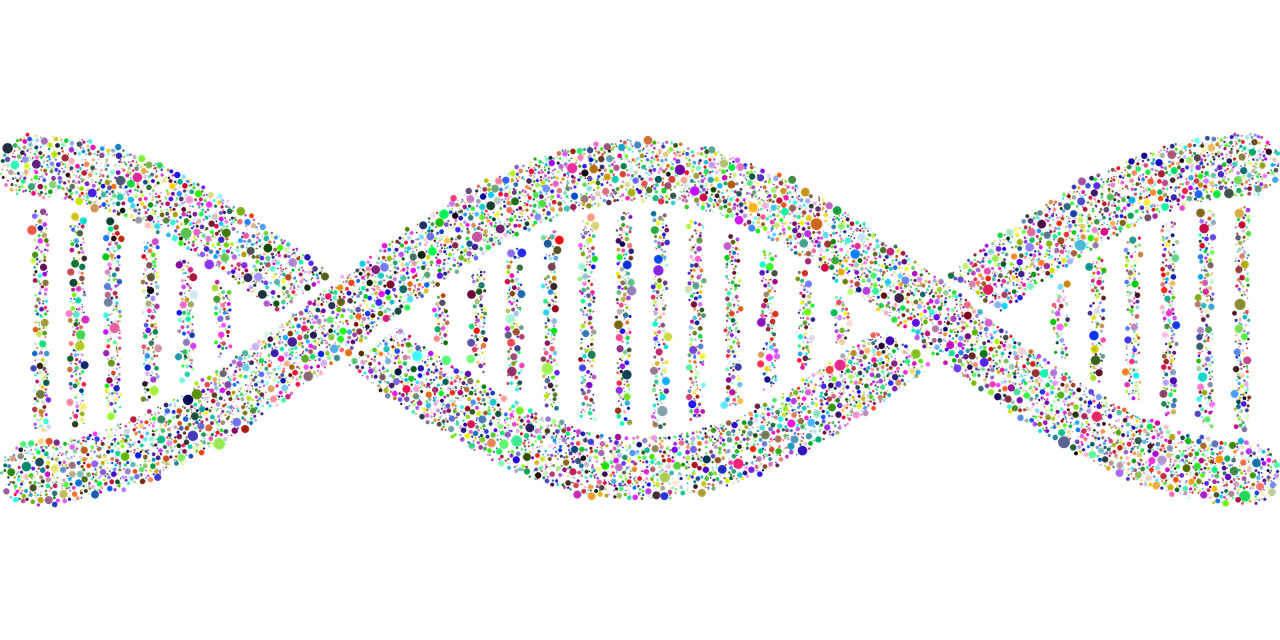In the fast-evolving landscape of bioinformatics, where vast amounts of biological data are generated daily, a new class of AI models has emerged as a game-changer in sequence and genome analysis, gene expression prediction, proteomics, multi-omics data integration for cancer classification, and spatial transcriptomics: Transformers. Originally developed for natural language processing (NLP), Transformers have found a remarkable second life in the world of genomics, proteomics, and structural biology. In this blog post, we’ll explore how Transformer models are revolutionizing bioinformatics, with specific examples that showcase their transformative impact.
The Transformer revolution
The Transformer architecture, initially introduced by Vaswani et al. in 2017, was designed to process sequential data with unparalleled efficacy. Its innovative self-attention mechanism enables it to capture long-range dependencies in sequences, making it ideal for tasks involving biological data, which often exhibit complex, context-dependent relationships.
Applications of Transformers in bioinformatics
- Genome/Sequence Analysis: Transformers have taken the genomics community by storm. Models like DNABERT and BERT-Enhancer have demonstrated impressive performance in tasks like DNA sequence classification, variant calling, and motif discovery. For example, DNABERT has achieved state-of-the-art (SoTA) performance in predicting promoters and identifying transcription factor binding sites (TFBS) from just the DNA sequence. By learning rich sequence-dependent contextual embeddings where DNA nucleotides or k-mers are used as tokens, these models can understand intricate patterns within DNA sequences, aiding the interpretation of genetic data for functional annotation, such as identifying DNA sequences as promoters, enhancers, TFBSs, and other sites. These models can also be used to enhancer-promoter interactions, a critical step in the accurate inference of gene regulatory networks.
- Gene Expression: Transformers can also be used to predict expression from sequence data, usually supervised by data from Cap-seq (accessed through the Cap Analysis Gene Expression (CAGE) database). Recently, a Transformer-based model with a dilated CNN called Enformer has taken the bioinformatics community by storm, achieving SoTA prediction accuracy to predict gene expression and chromatin state information from DNA sequences. Other Transformer models, such as that from Khan and Lee (2021), have taken a different approach where gene expression is instead use to classify lung cancer subtypes, using the self-attention mechanism to learn informative embeddings from high-dimensional gene expression data.
- Proteomics and Structural Biology: Understanding the function of proteins is crucial in drug discovery and structural biology. Transformer models like ProtBERT and ProteinBERT have excelled in predicting protein functions, classifying protein families, and annotating sequences with functional information. Another important task is predicting the three-dimensional structure of proteins from their amino acid sequences, a longstanding challenge in the bioinformatics field. Transformers like AlphaFold have achieved groundbreaking success in this area, with their predictions rivalling experimental methods. Such advances have the potential to revolutionize drug design and understanding of diseases, where model predictions can be used as in silico screening to prioritize drug candidates. Other Transformer models yet have been used to predict protein epitopes or other aspects of protein-protein or protein-antibody interactions, such as the specific residues involved in non-covalent binding.
Additionally, identifying potential drug candidates is a time-consuming and expensive process. Transformers are being used for virtual screening, molecular docking, and compound generation. They accelerate drug discovery by predicting drug-protein interactions and generating molecular structures with desired properties. - Biological Text Mining: Transformers have also been applied to text mining in bioinformatics. Models like BioBERT and BlueBERT are fine-tuned on biomedical texts and outperform traditional methods in tasks like named entity recognition, relation extraction, and question answering. These models enable efficient knowledge extraction from a vast body of scientific literature.
Conclusion
The rise of Transformer models in bioinformatics signifies a transformative era in our understanding of biology and disease. These models have demonstrated exceptional capabilities in genomics, proteomics, multi-omics, structural biology, text mining, and drug discovery. As the field continues to evolve, we can expect more innovations and synergies between AI and life sciences. Transformer models are leading the way, unlocking the secrets of the biological world and offering new avenues for improving human health and well-being. The future of bioinformatics is, indeed, transformed.
